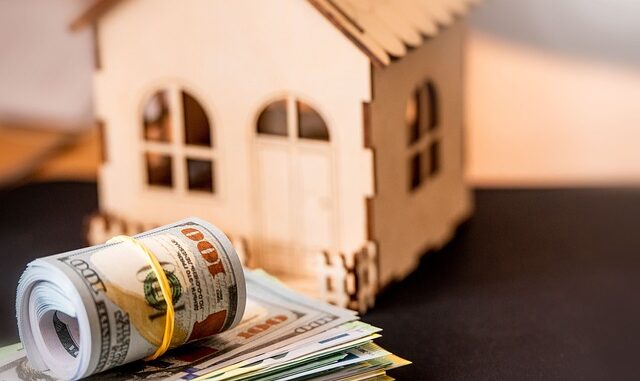Slash Your Energy Bills: How New Windows Pay for Themselves
In today’s economy, homeowners are constantly seeking smart investments that deliver long-term savings. Modern replacement windows have emerged as one of the most financially savvy home improvements, offering a remarkable return on investment through substantial energy savings.
The Hidden Cost of Old Windows
Your aging windows might be silently draining your wallet. According to the U.S. Department of Energy, heat gain and loss through windows account for 25-30% of residential heating and cooling energy use. Those drafty, single-pane windows from decades past are essentially holes in your home’s thermal envelope, forcing your HVAC system to work overtime.
Modern Window Technology: A Game-Changer
Today’s replacement windows bear little resemblance to their predecessors. Double and triple-pane glass filled with insulating argon or krypton gas, low-emissivity (Low-E) coatings, warm-edge spacers, and improved frame materials have revolutionized window performance. These technologies work together to create an impressive thermal barrier.
The Numbers Don’t Lie
The financial impact is significant:
- Average energy savings of 12-15% annually after window replacement
- Potential monthly utility bill reduction of $30-$50 for a typical home
- Full return on investment possible within 5-10 years, depending on climate and window selection
- Additional savings through utility rebate programs and federal tax incentives
Beyond Energy: Additional Financial Benefits
New windows do more than just reduce energy consumption:
- Increased home value (up to 70% of project cost recouped at resale)
- Reduced HVAC maintenance costs due to decreased system strain
- Lower dust and allergen infiltration, potentially reducing healthcare costs
- Enhanced UV protection preventing costly fading of furniture and flooring
Real-Life Success Story
The Martinez family of Denver replaced their 1980s aluminum-framed windows last year with modern vinyl double-pane units featuring Low-E glass. Their first winter with the new windows saw heating costs drop by 22%, representing nearly $500 in annual savings. “We wished we’d done it years ago,” says homeowner Sophia Martinez. “The windows will pay for themselves faster than we expected, and our home feels so much more comfortable.”
The Bottom Line
While replacement windows require a significant upfront investment, they stand among the few home improvements that actively pay you back over time. In an era of rising energy costs, these savings will only increase, making window replacement not just an expense, but a smart financial strategy for the future.
